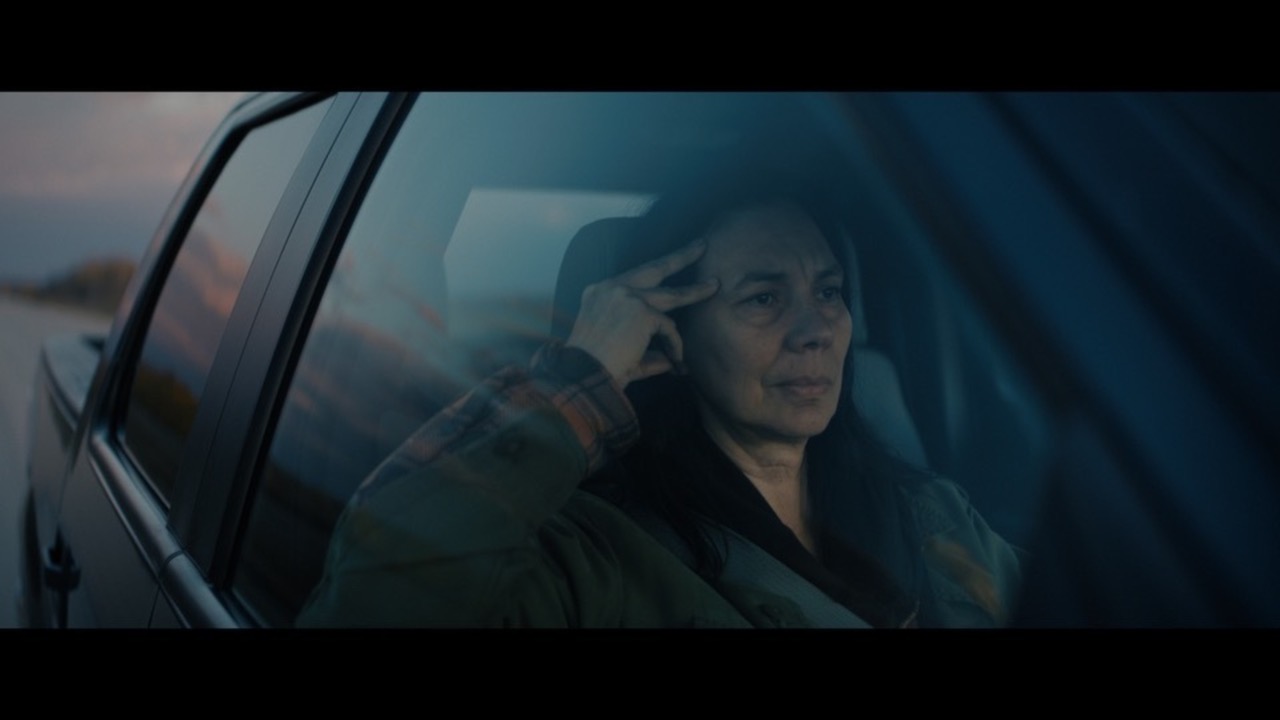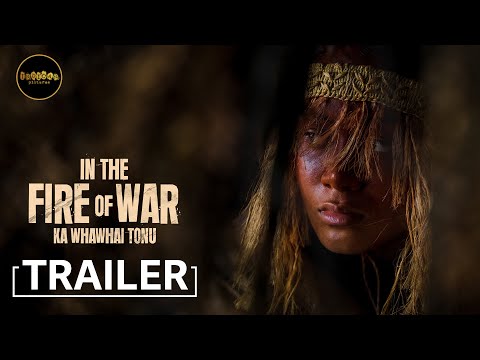Sandra Hale Schulman
ICT
The latest: Canadian survival story, Maori history retold, global skin ink exposed, classic films at BAM
FILM: “Aberdeen,” a heart-wrenching fall and rise story
A raw affecting story from Manitoba filmmakers Ryan Cooper and Eva Thomas’ feature debut, “Aberdeen” focuses on a down on her self-inflicted bad luck woman Kookum Aberdeen, whose childhood trauma is seeing her traditional grandmother being over run by her hard-partying mother. As an adult and mother and grandmother herself, Aberdeen, played by the astonishing Gail Maurice, repeats past mistakes. A homeless alcoholic, she is forced from her tent encampment home along the Winnipeg banks of the Red River after it floods.
Now a climate refugee with nowhere to go, she loses her all-important tribal ID and status cards. Her reluctant family is forced to help navigate an indifferent government bureaucracy to secure her lost ID, start repairing her life and get her grandkids out of foster care as their mother, Aberdeen’s daughter, has become an addict herself.
The film also includes Billy Merasty, Ryan Black, and a sympathetic performance from Jennifer Podemski. “Aberdeen” is a kick-in-the-teeth reminder of the healing power of family.
“This was a story that Ryan was developing, and we became colleagues,” Eva Thomas told ICT from Toronto. “He asked me if I would co-write it and co-direct with him and I said yes. What I was hoping to do as a filmmaker was to create a sense of empathy for someone like Aberdeen. It’s not a character flaw. We are products of our history. I want the audience to understand who this woman was, how she became who she became, and to know that it’s a lot of trauma that people deal with and are still dealing with it.
“What’s really beautiful about Aberdeen is that we have five generations in the film and Aberdeen is the heart of that third-generation trauma. I’d like to think that the ending is hopeful. When Aberdeen looks down that lens, the audience takes that deep breath and feels like, ‘This woman, she’s going to be okay.’”
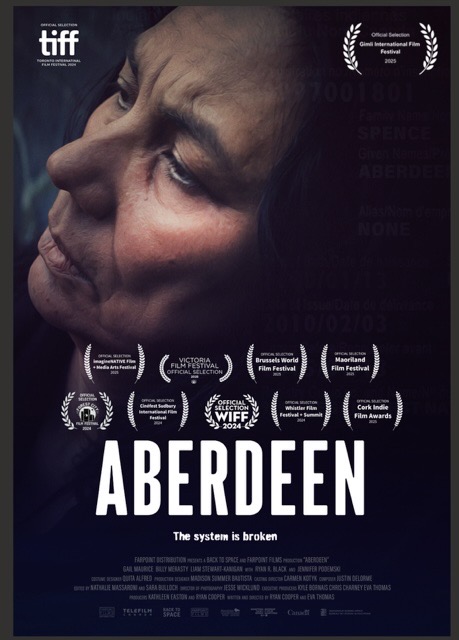
Jennifer Podemski is the heart of the film, Thomas says, “We love her. She adds so much warmth and relatability to her roles. I can attest that in real life she’s very warm and lovely and has such a big heart.
“We are working on a US premiere coming up very soon,” Thomas concludes.
“They’re more open to Indigenous stories here in Canada. The film and television industry is funded by the government who feels an obligation to represent the people of the country. Indigenous people are an important part of that. That’s why we’re getting all these great stories that are coming out of Canada, because it’s both a system to support them as well as with desire from broadcasters, because of what’s been going on in Canada with the Truth and Reconciliation Commission and the finding of the children’s bodies at the residential schools.”
“Aberdeen” premiered at the Toronto Film Festival in September and has played many festivals. It’s streaming on Paramount Plus in Canada, as well as Air Canada, the airline.
FILM: Culture clash in New Zealand
“In the Fire of War,” an action film set in 1864 during the New Zealand Wars against the British, Haki, a Māori-European teenager, is fighting for the New Zealand colonial forces, when he is captured by the Māori resistance who resent his reluctant allegiance. He starts a shaky friendship with Kopu, a young girl believed to be a spiritual medium for the Māori god of war who misguidedly sends her people into a brutal battle with the British forces, where they are vastly outnumbered in a battle to death … or liberty.
The film stars Temuera Morrison (Bobba Fett) and Cliff Curtis (Walking Dead).
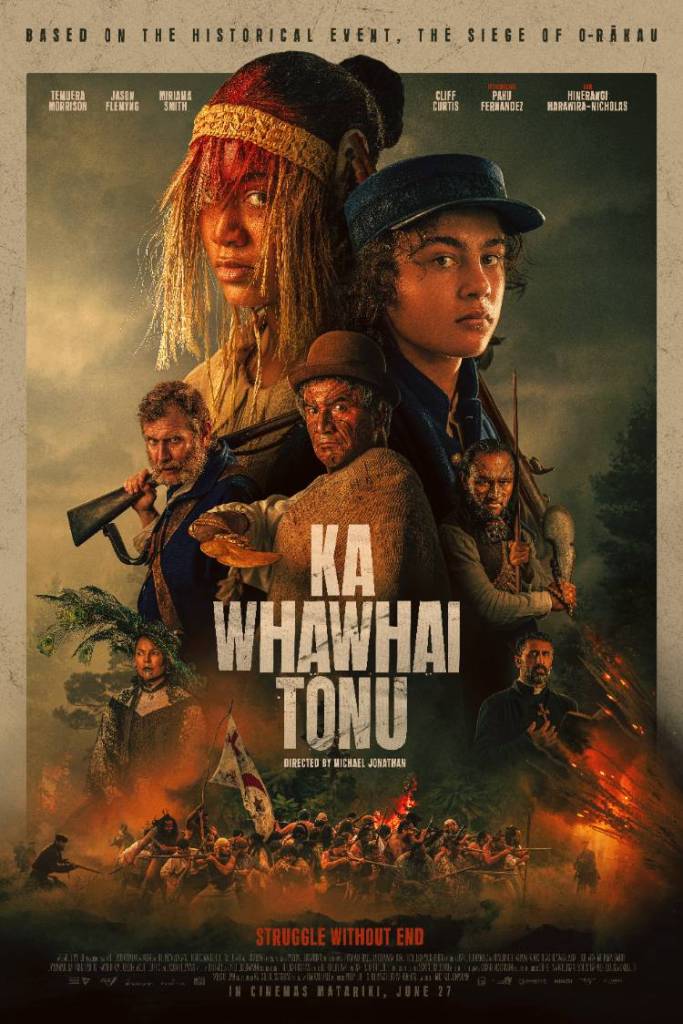
Lush rural settings, elaborate Maori tattoos, feathered regalia, and cultural ceremonies set this film apart in its intimacy and scope in a story told for the first time from the Indigenous point of view.
Reviews have been stellar: The New Zealand Herald review says: “Game of Thrones Comes to Mind” and “Mike Jonathan’s debut honors Merata Mita and packs a real punch.”
The Film Experience review: “an immersive film that transports audiences back in time, conveying the stakes of this standoff and the way in which it mirrors so many other situations of colonialism where invading forces are so sure of their superiority.”
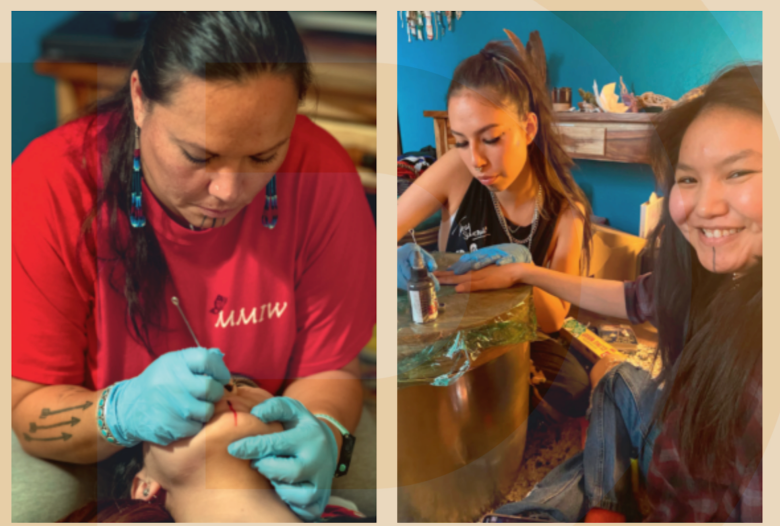
BOOKS: Skin and ink
The needling art and customs of tattooing across ancestral lands, including Africa, the Middle East, the Americas, the Arctic, Oceania, Japan, Southeast Asia, and Siberia are explored in “Indigenous Tattoo Traditions: Humanity Through Skin and Ink,” released in May, that transports readers through history.
Author Lars Krutak, anthropologist, photographer and host of the Discovery Channel series “Tattoo Hunter,” explores how tattoos function as a form of “writing” that defines and structures community life, rites of passage, symbols of societal rank, and signs of marital or religious devotion.
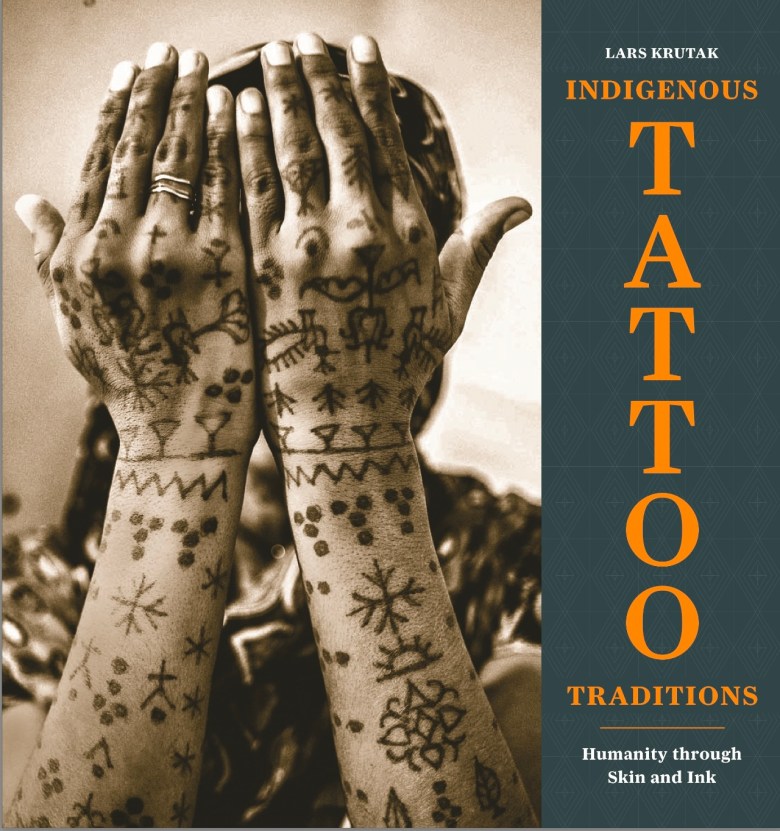
The book features Jodie Potts-Joseph, star of “Life Below Zero,” a tattoo artist from Stevens Village Alaska who hand poked a chin tattoo and other markings on her daughter Quannah Chasinghorse, an Indigenous model redefining the notion of beauty. In turn, Quannah tattooed her cousin Lorena Village Center Simon, who said, “It was important for me to get my chin tattoo because I wanted to represent my people and connect with our ancestors.”
He further exhibits the heavily tattooed Li women of China’s Hainan Island with their elaborate facial and body tattoos, the bold indelible markings of Papua New Guinea’s Indigenous peoples, and innovative cultural tattoo practitioners who are rebuilding a skin-marking legacy for future generations to come.
With numerous images published for the first time, “Indigenous Tattoo Traditions” captures ancient tribal tattooing practices and their contemporary resurgence.
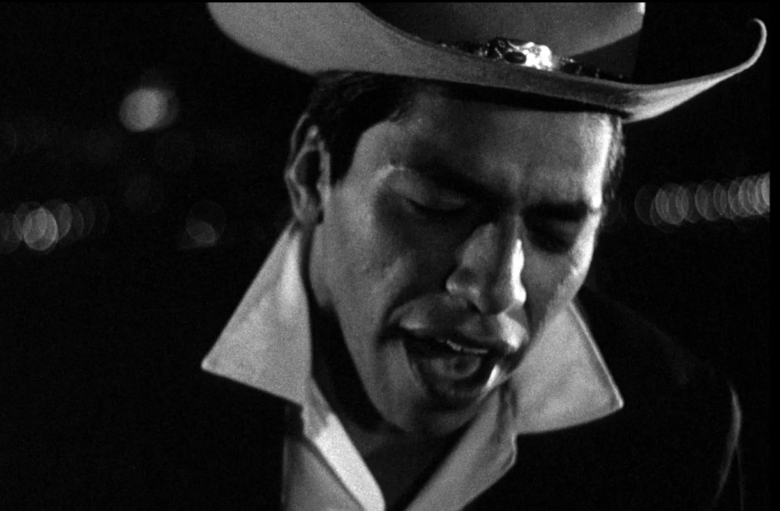
FILM: Classic Native film in Brooklyn
Brooklyn Academy of Music will screen Urban Native America Cinema Program, special films from the 1960s-70s,, each preceded by special and rarely seen shorts. The Cinema Program is being presented by City NDN, and includes films “The Exiles” by Ken Mackenzie and “In MacArthur Park” by Bruce Schwartz.
From their program: “From 1950 to 1968 over 200,000 Native Americans migrated to cities, leaving their reservations and traditional lands due to government policies. Known colloquially as the ‘Relocation Era,’ this period played a tremendous role in the growth of urban American Indian communities, eventually resulting in a majority of Native Americans living in urban areas in the following decades. Few films have captured this history, let alone as it was happening; this program, guest-curated by filmmaker Adam Piron, showcases a selection of essential titles and rarities that examine a moment of profound historical change.”
